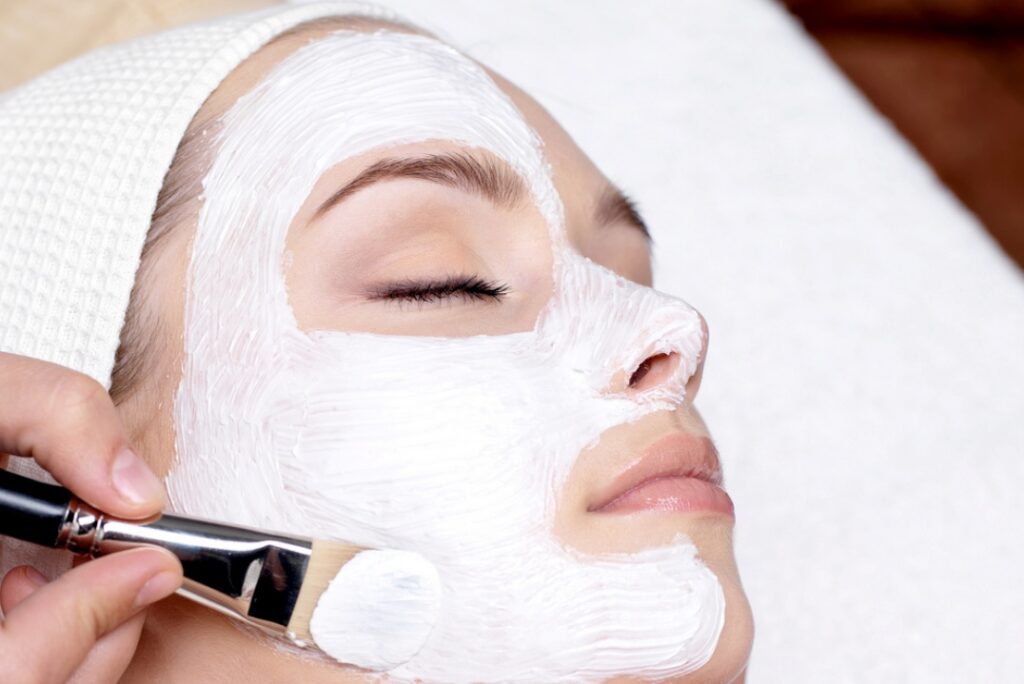Chemotherapy, radiotherapy, targeted, photodynamic, and biological therapy. They can cause itching, dryness, redness, and sometimes, skin peeling.
As noted by the American Cancer Society, some treatments can affect proteins in cells, stopping them from growing normally or functioning well. Many natural remedies can soothe and alleviate these conditions, sometimes with simple skin remedies such as water and oatmeal. At other times, medication may be required to prevent infection, pain, and swelling.
Itching from Chemotherapy
Itching can be challenging to avoid during chemotherapy, but the good news is that it only lasts during treatment. Speak to your doctor if this is troubling you or making it difficult to sleep; sometimes, they may lower your dosage or prescribe a different treatment.
If you wish to go all natural, a cold bath with a natural soothing soap containing oatmeal may give you relief. Sweating can exacerbate itching, so try to remain cool. Avoid harsh cleaning products and detergents and if the itching is unbearable, do consider requesting an antihistamine, ointment, or oral antihistamine.
Skin Dryness
You will notice your skin is dry if cracks or peeling develops, the way it might with a slight sunburn. Use a deeply moisturizing body cream; lotions are sometimes too light and evaporate too quickly. Try to have a sponge-bath instead of a bath or shower.
If you do prefer baths, fill the tub with gentle moisturizing oils such as rose musk or almond oil. Apply your moisturizer soon after exiting the shower or bath, when your skin is still slightly wet. Stay hydrated by drinking plenty of water and avoiding extreme weather.
Adult Acne
People who have not faced acne in the past may notice it developing now. It is vital to treat breakouts gently since standard acne medications can only worsen the problem by drying out skin and increasing sensitivity.
Forego conventional acne cleaners, since they can contain drying agents like benzoyl peroxide or salicylic acid. Use a mild cleanser and don’t skimp on the moisturizer; doing so can cause oil glands to become overactive.
Finally, conceal pimples with a gentle mineral foundation, which won’t clog pores but will give your skin a nice even tone.
Hand-Foot Syndrome and Rashes from Targeted Therapy
Some targeted drugs attack specific proteins to stop cancer cells from growing and dividing. However, when doing so, they also turn off essential signals for skin cells to produce normally. As a result, skin can become dry and feel itchy, and a rash may develop.
Other therapies damage tiny blood vessels, causing hand-foot syndrome, the symptoms of which including pain, swelling, tingling, blistering and peeling. Sometimes, the hand-foot syndrome can be alleviated by lowering the dose of the treatment.
Your doctor will often recommend that you avoid hot baths during the first week or so after treatment. In some cases, pain medication may be necessary. A prescription cream or gel should treat rashes; in severe cases, an oral antibiotic may be prescribed.
Change in Skin and Vein Color
Some targeted therapies cause the skin to take on a yellowish hue. Others change the color of skin, hair, and veins. There is no treatment for these changes since their exact cause is unknown. These changes are temporary and disappear once treatment stops.
Treatments for cancer produce many changes in the skin which can result in itching, rashes, and pain. They can affect the skin in the face, eyes, body, and even the nails. If you feel burning, pain and itching see your doctor immediately about remedies, expressing your preference for natural treatments if this is the case.
Sometimes oral or topical medication is necessary because leaving skin can result in infection and scarring, which you will want to avoid. For more information please contact us for a Free Consultation.

HTTP Notification received – payment completed
Authorization code: 001093
Order status changed from Pending payment to Processing.